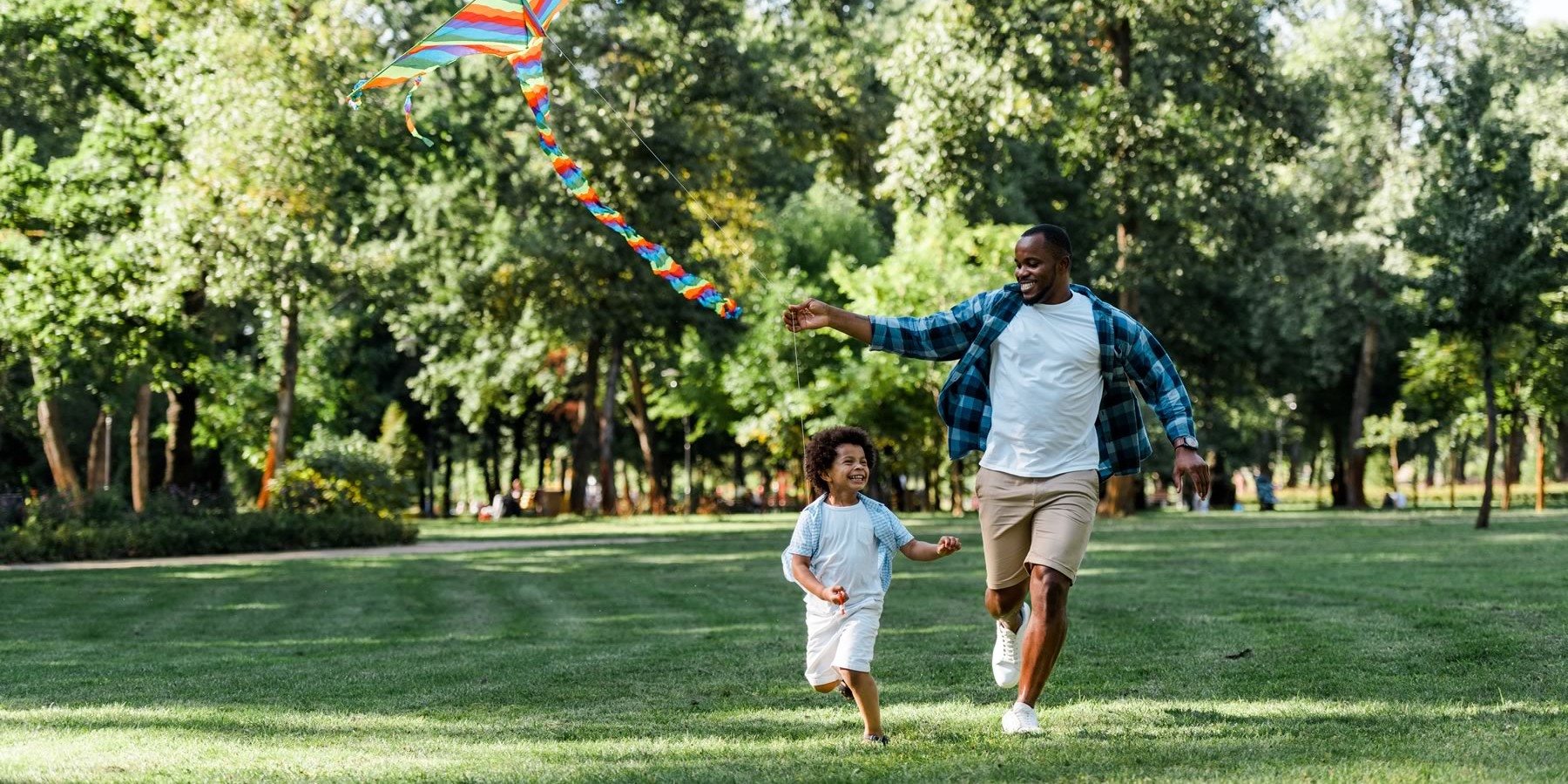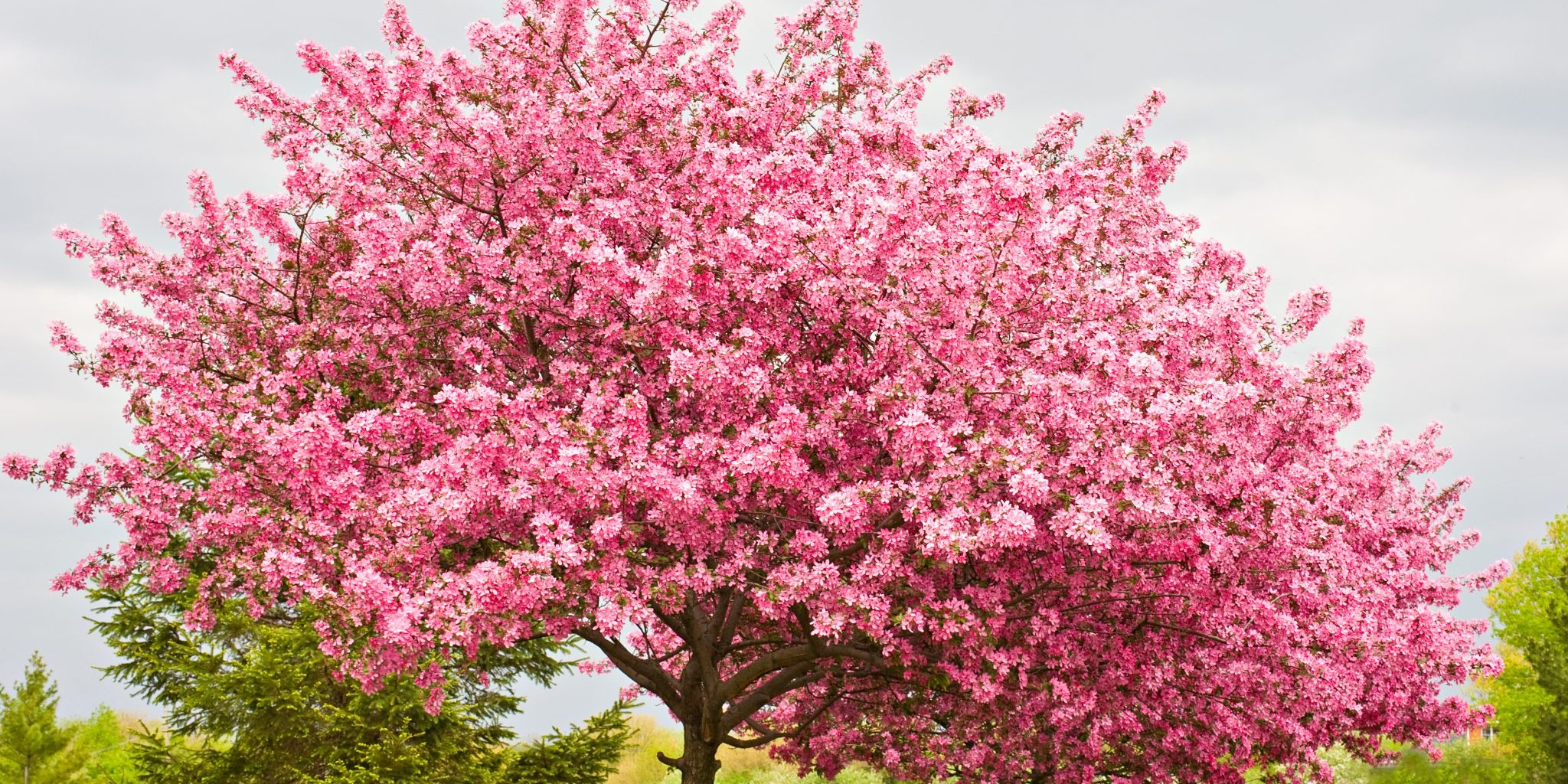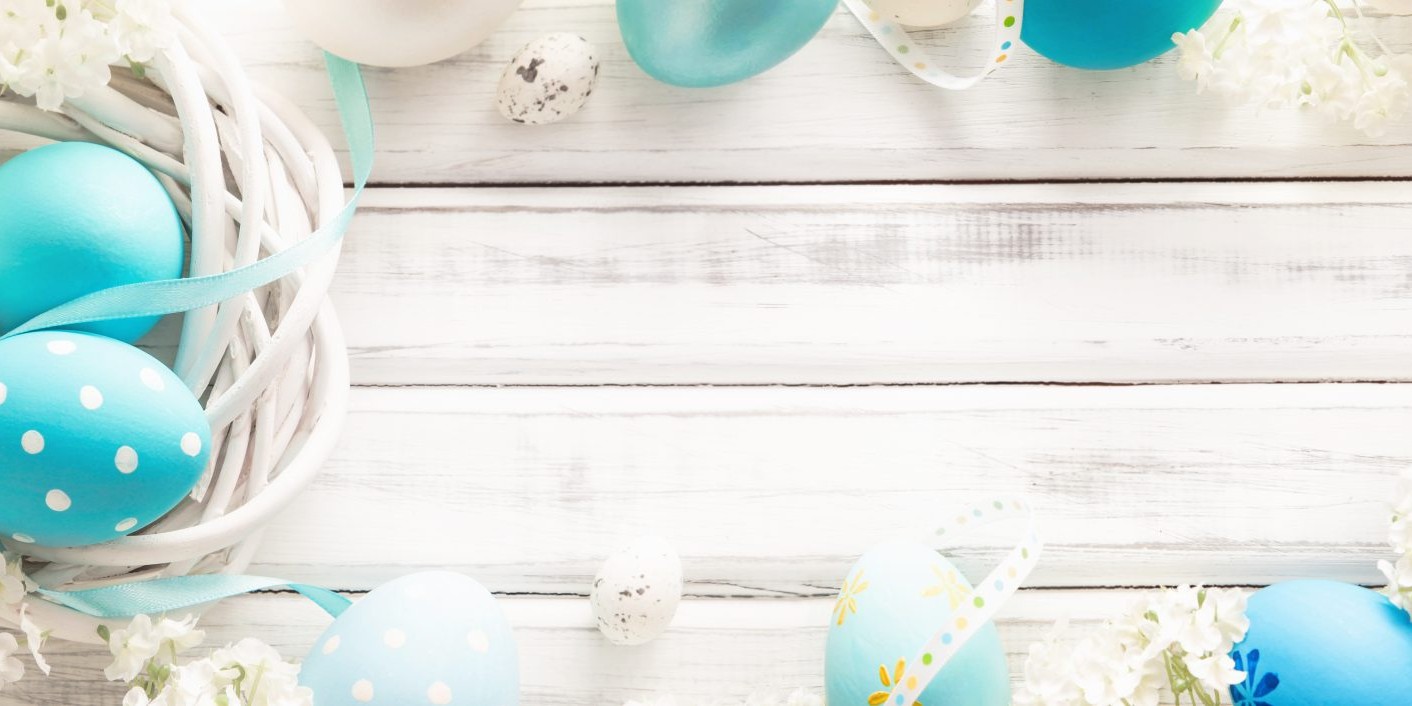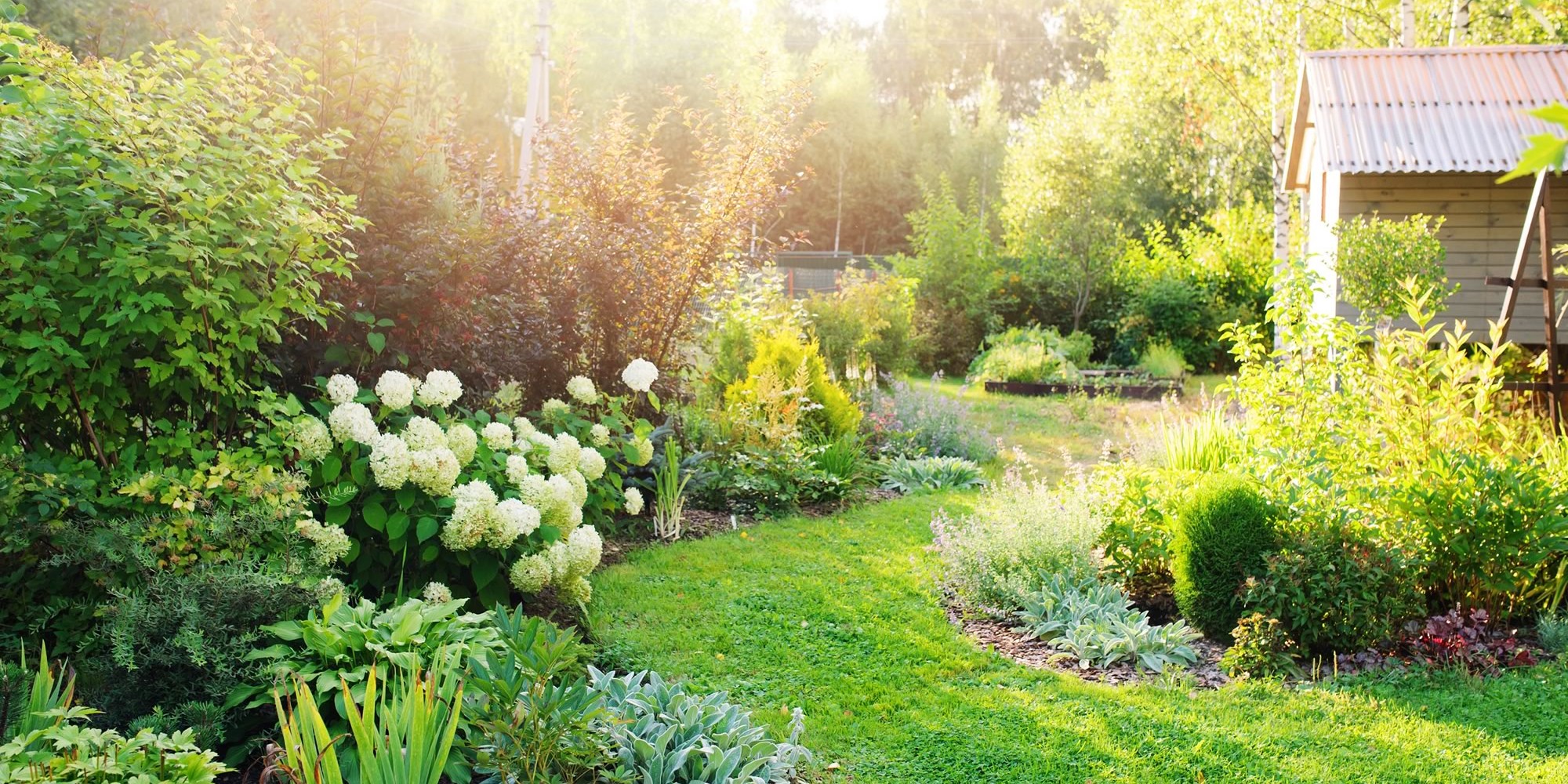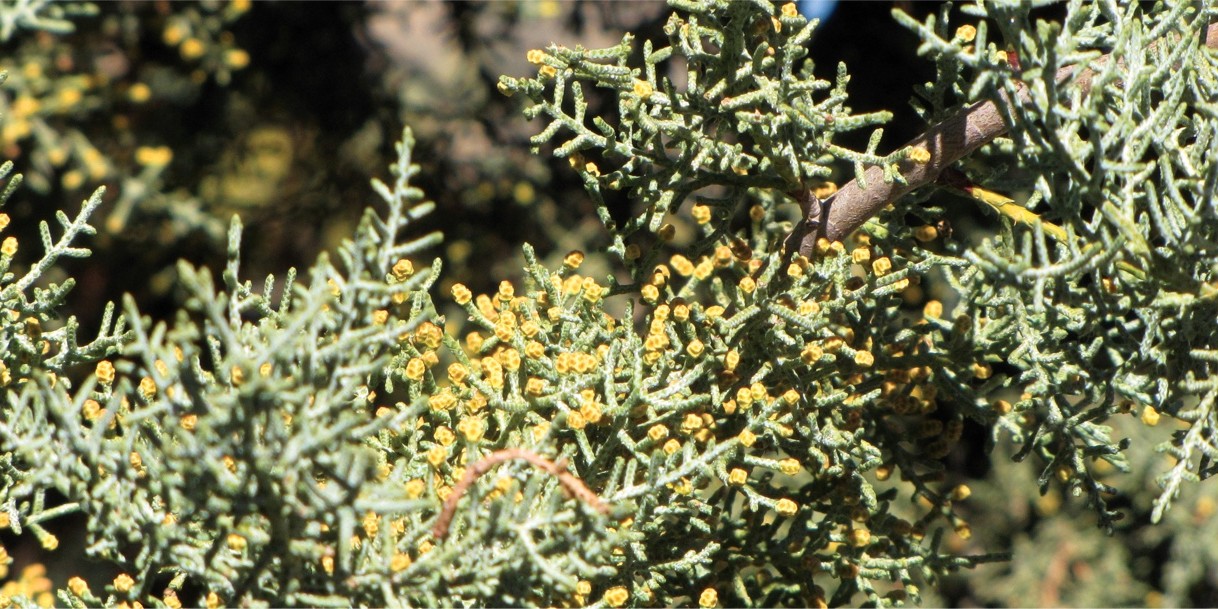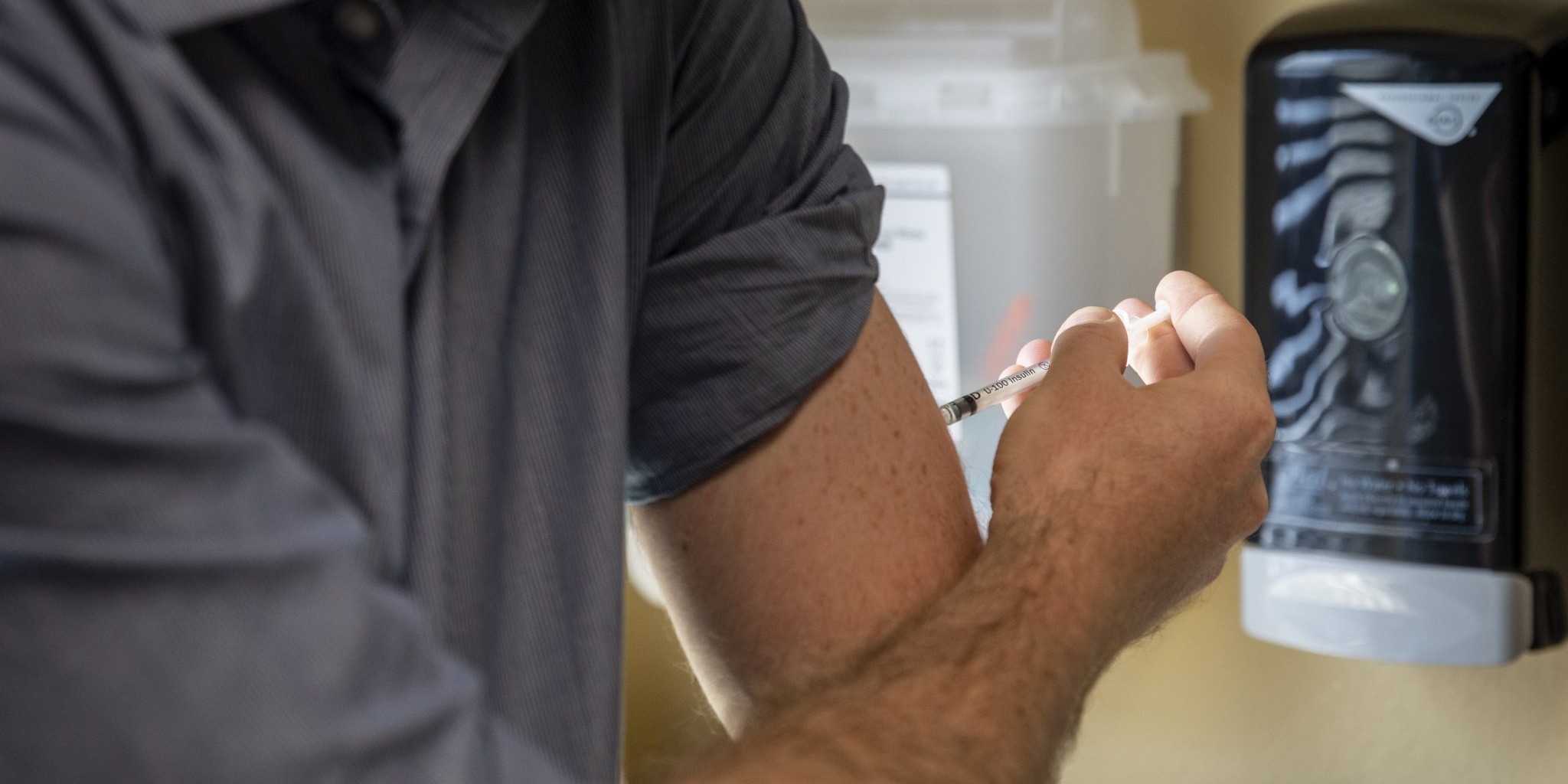A Deep Dive into Summertime Allergies
July 6, 2023
As the warmth of summer graces us with its presence, many of us are eager to embrace outdoor activities and soak up the sun. However, along with the barbecues, beach days, and sunny strolls, comes an uninvited guest: allergies. For many people, summer is synonymous with sniffling, sneezing, itchy…
Botanical Sexism: Does it impact allergy sufferers?
April 4, 2022
What is Botanical Sexism? Tom Ogren, horticulturist and allergy researcher, has done extensive research on ways to reduce pollen counts and pollen potency. His theory centers around the unbalanced planting of male vs female plants. This unbalance can impact pollen counts and the resulting…
Easter with Allergies
March 29, 2021
The Easter and Passover holidays are here! Holidays mean family centered fun, festive meals, and usually sweet treats to enjoy. For allergy suffers, however, they can sometimes be challenging to navigate. Aside from the usual pollen and food allergies, brightly dyed eggs, household pets, and sweet…
Tree Pollen Allergy
March 1, 2021
March is finally here, and that means so is Spring. Longer days, morning walks in the garden, rain showers and rainbows are excitedly on the horizon. However, if you have spring allergies you may be less excited about the season. Spring is typically defined as starting with the vernal equinox, and…
‘Tis the season for Cedar Fever
December 7, 2020
In parts of Texas and surrounding areas, cedar allergies are one last health challenge in an already difficult year. 2020 has been one for the ages, headlined by the widespread impact of the COVID pandemic. While Americans and the rest of the world await a vaccine, there are other concerns that can…
David Boone on at-home allergy shots as potential long-term relief from “cedar fever”
January 7, 2020
Winter doesn't spell relief for all allergy sufferers -- especially in Texas and parts of other nearby states, where the colder weather signals the beginning of mountain cedar season. Cedar is one of the most severe allergens in areas where it is found. While locals will recognize the heavy,…
Cedar and allergy symptoms hit highest levels of the season
January 20, 2014
Those aren't puffs of smoke drifting on the horizon. They are clouds of pollen from mountain cedar trees, the winter scourge of Central and South Texas. On Thursday, mountain cedar counts shot up to 34,280 grains of pollen per cubic meter, the highest level this season but well below the record…
Tips for dealing with cedar allergies
January 7, 2013
Sunny, breezy weather can be harsh on cedar sufferers. If you suffer from cedar allergies, try to stay indoors on a high pollen day.

